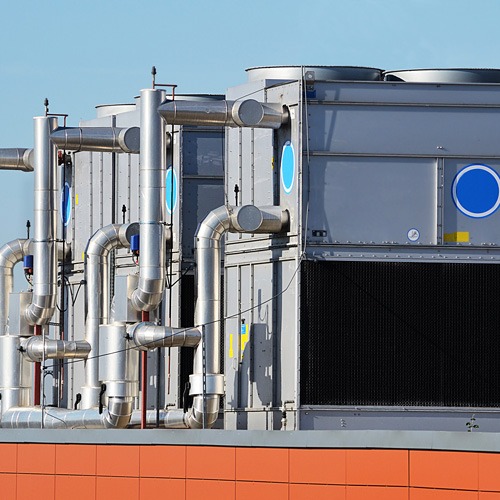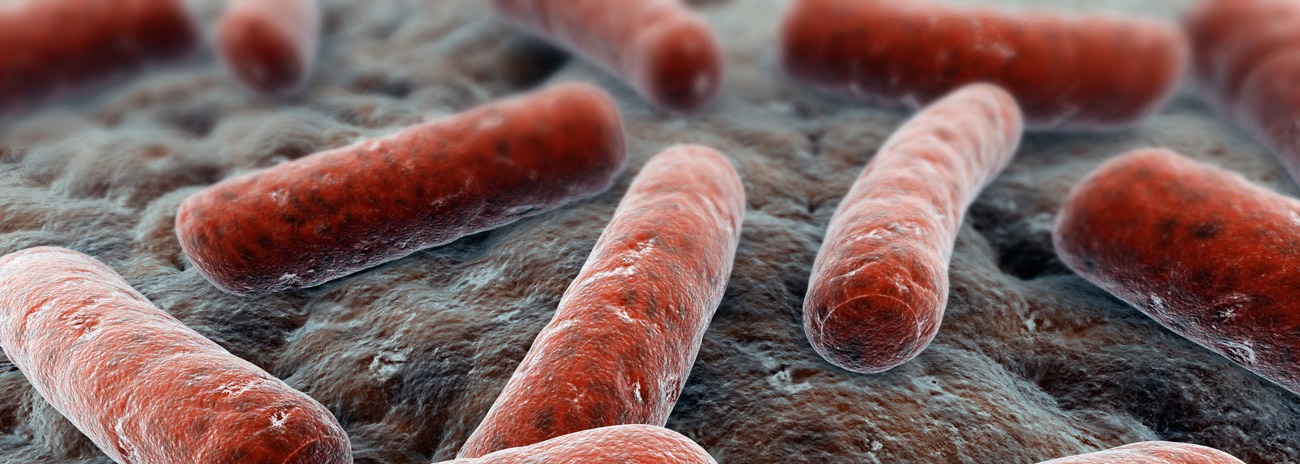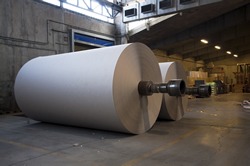Rainwater Harvesting, Water Savings & Conservation
This means that 95% of the water household’s use is for non-potable purposes like flushing the toilet, washing machines and dishwashers, and watering the garden.
Water use
The UK has the highest water consumption per capita (343 litres per day) of any European country. That equates to 18,000 million litres of water used each day. Ninety-five percent of this is used for non-potable purposes but it is still being passed through the expensive water purification process and stored in massive land-consuming reservoirs.
In industry, where the proportion of non-potable water usage is just as high, the potential environmental and financial savings are considerably more. It is estimated that water bills cost more than 1% of company business turnover.
Water conservation technology
One potential solution exists in the installation of a ‘parallel’ system of water supply, with one for drinking water and one for non-drinking water. This conservation technology is normally referred to as ‘water harvesting’ and is more than catching the natural rainfall and reusing it.
A number of methods of water harvesting are being developed, such as the development of permeable pavements and sub-bases that retain and clean storm water run-off.
Rainwater catchment areas
The built environment provides two main catchment areas – the roof of a building and the associated hard landscaping, such as roads, car parks and paved areas. The incorporation of these hard landscaped areas around buildings has changed the course of natural drainage, often intensifying the effects of flooding worse.
The UK’s Building Regulations state that ‘paved areas around a building shall be so constructed as to be adequately drained…providing…an adequate soak-away or some other adequate infiltration system…where…methods of drainage other than the connection to a public surface water sewer are encouraged where they are technically feasible’.
The incorporation of a water harvesting system to satisfy these requirements can produce both environmental and financial benefits. This is particularly significant, as it will help to hold off some of the costs of the EC Water Framework Directive, which is likely to add further costs for users.
Extracted from a Groundwork Search & Send publication.







